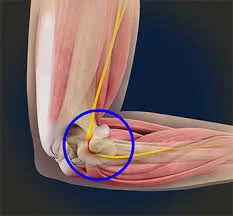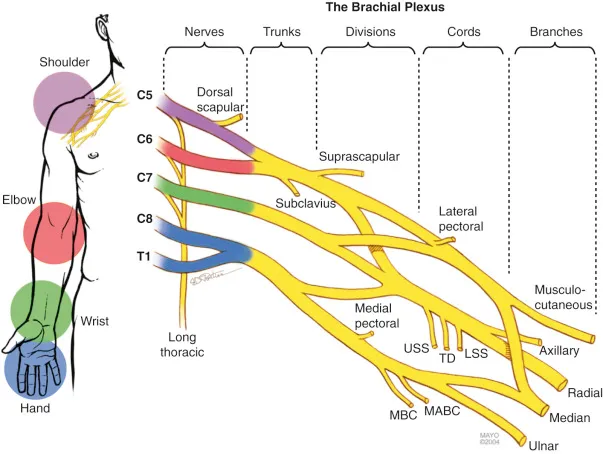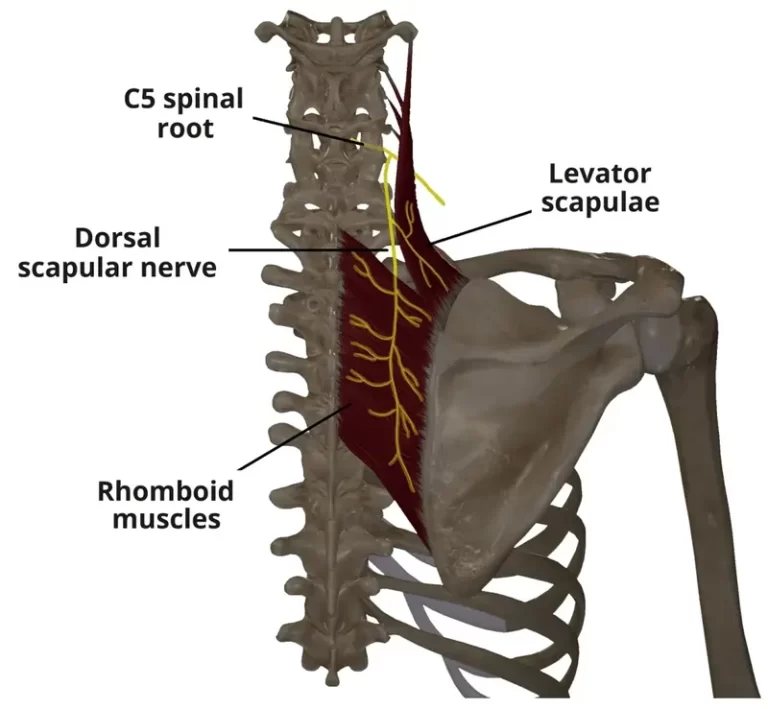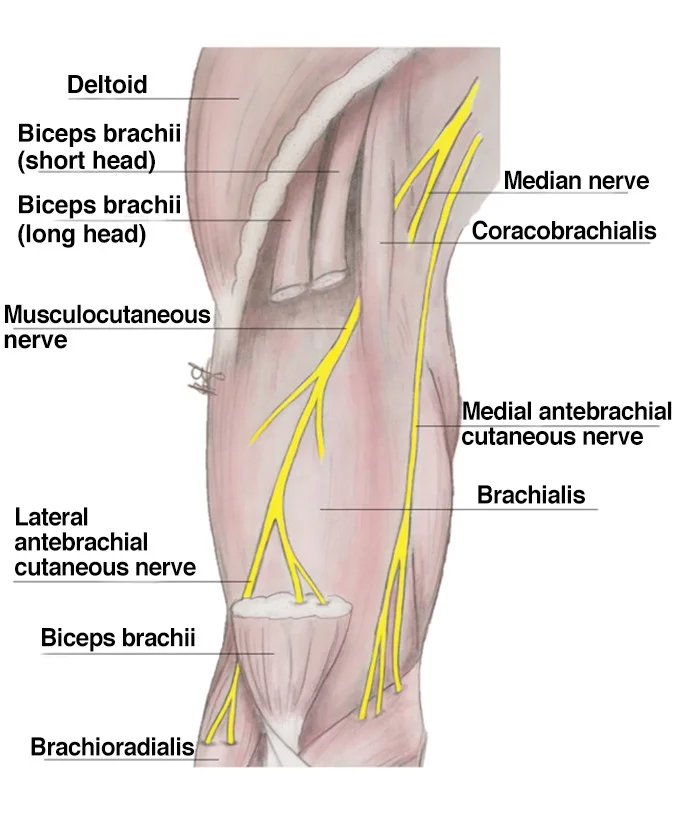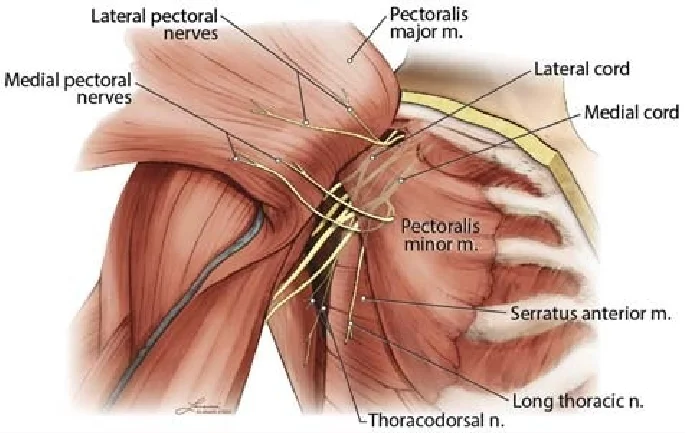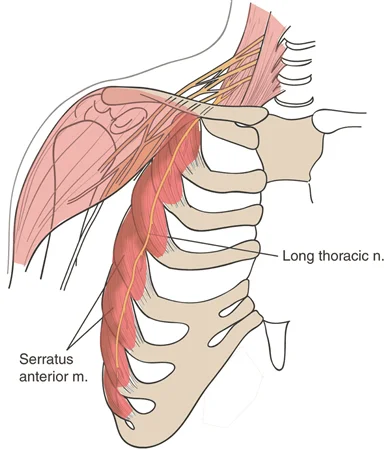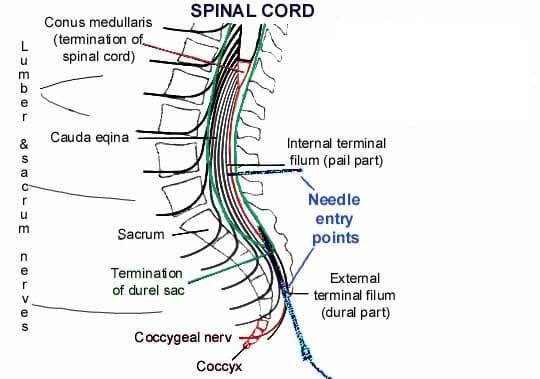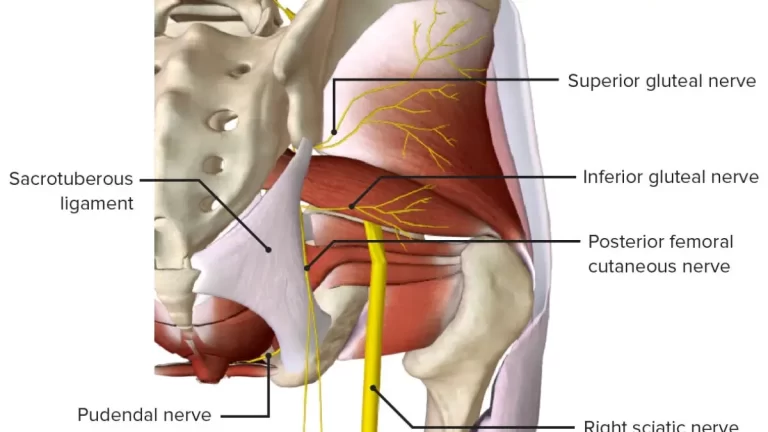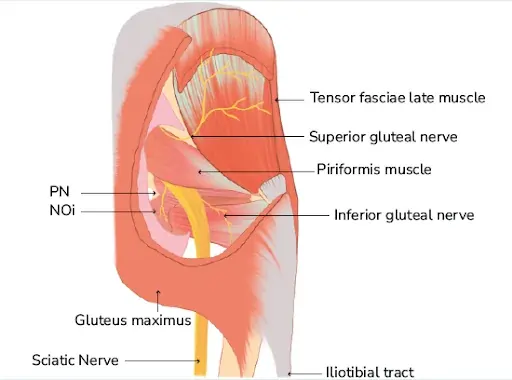Nerve Entrapment
Introduction: A nerve entrapment occurs when a peripheral nerve loses mobility, and flexibility, or is squeezed by surrounding tissues. A nerve entrapment can result in neuropathic/neurogenic pain, which can be acute or chronic. Nerve entrapment syndromes (meaning a shared set of signs and symptoms) are caused by swelling of the surrounding tissues or structural defects….

